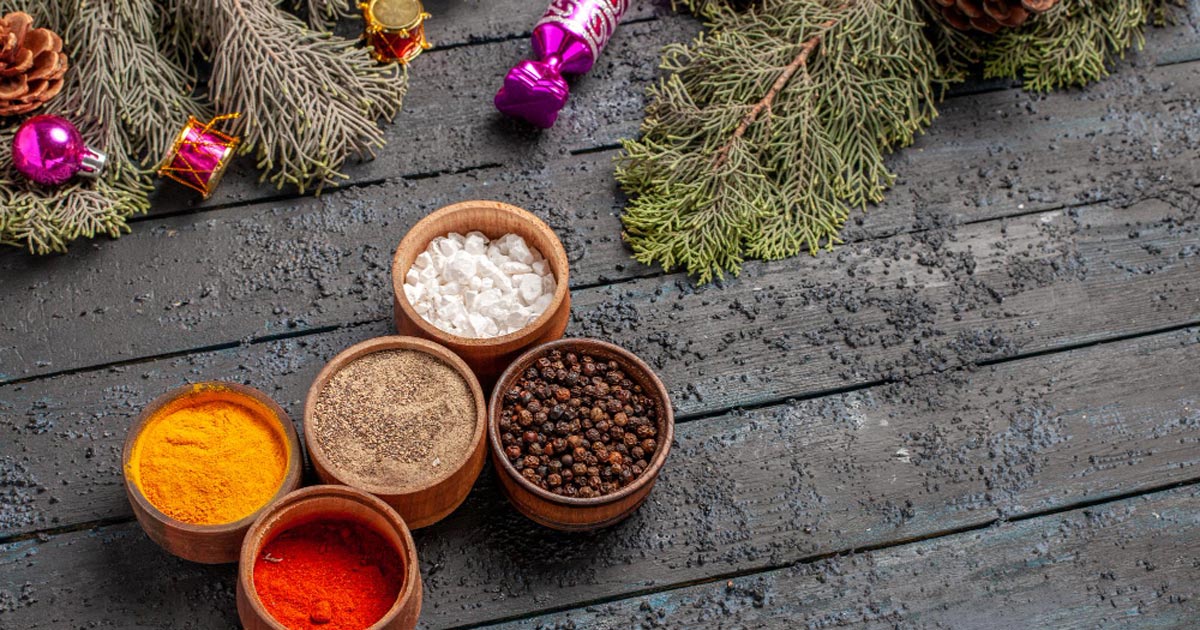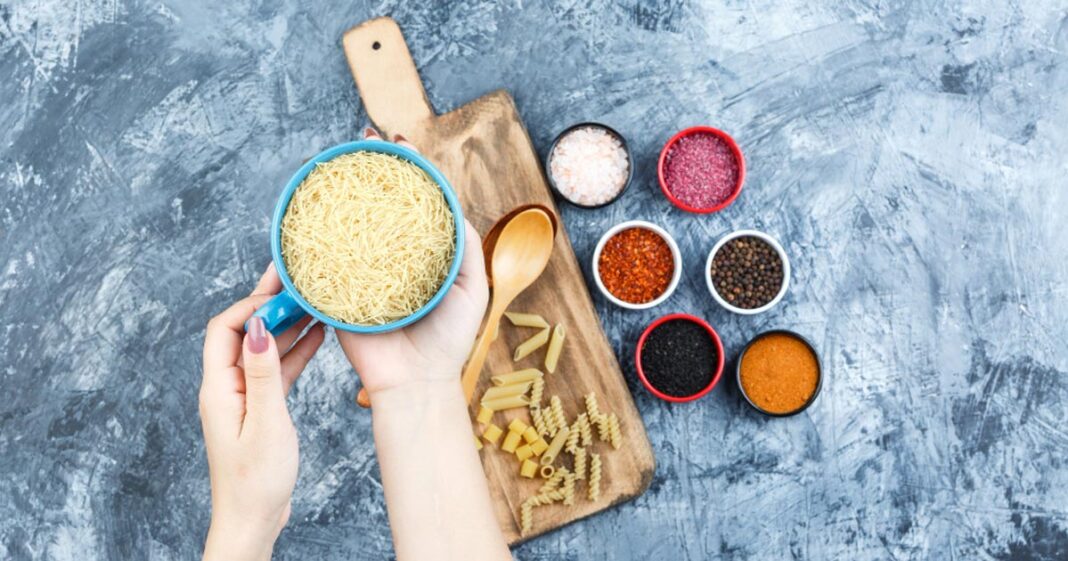
Spices have been at the heart of culinary traditions for centuries, adding depth, aroma, and character to dishes worldwide. From the fiery heat of Indian chilies to the earthy warmth of cumin, spices define cuisines and cultures. In India, where food is a celebration, spices are more than ingredients; they are a legacy. This guide will walk you through the essentials of cooking with spices, their health benefits, and the inspiring journeys of Indian spice entrepreneurs who have taken these flavors to a global stage.
The Art of Cooking with Spices
Mastering the use of spices is an essential skill for any cook. Here’s how you can enhance your culinary game:
- Understanding Spice Categories
Spices can be broadly categorized into:
- Whole Spices: Mustard seeds, cumin seeds, cinnamon sticks – used in tempering or slow cooking.
- Ground Spices: Turmeric, paprika, and cardamom powder – commonly used for marinades and seasoning.
- Spice Blends: Garam masala, curry powder, and chaat masala – combinations of different spices tailored for specific dishes.
- The Science of Tempering
Tempering, or ‘tadka’ in Indian cuisine, is the process of heating whole spices in oil or ghee to release their flavors. This technique is used in dishes like dal tadka and South Indian sambar.
- Balancing Flavors
The key to mastering spices is balance. A good dish has a mix of:
- Heat (chilies, black pepper)
- Sweetness (cinnamon, nutmeg)
- Bitterness (fenugreek, mustard seeds)
- Sourness (amchur/dried mango powder, tamarind)
- Umami (asafoetida, clove)
- Freshness Matters
Spices lose their potency over time. Always store them in airtight containers away from direct sunlight. Whole spices stay fresh longer than ground ones.
Health Benefits of Spices
Many spices have medicinal properties that go beyond taste enhancement:
- Turmeric: Known for its anti-inflammatory properties and used in Ayurveda for centuries.
- Cinnamon: Helps in regulating blood sugar levels.
- Cumin: Aids digestion and improves immunity.
- Ginger & Garlic: Used for their antimicrobial and anti-inflammatory effects.
Inspiring Indian Success Stories in the Spice Industry
India has been the spice capital of the world for centuries, but some individuals have transformed their passion for spices into globally recognized success stories.
MDH – The Spice King of India
Mahashay Dharampal Gulati, the man behind MDH (Mahashian Di Hatti), revolutionized India’s spice industry. Born in 1923 in Sialkot (now in Pakistan), he fled to India after Partition with just Rs. 1,500. He started a small spice business in Delhi, which grew into MDH, a household name today. The company exports spices to over 100 countries, earning him the Padma Bhushan in 2019 for his contribution to trade and industry.
Everest Spices – A Legacy of Authentic Flavors
Another brand that has taken Indian spices worldwide is Everest Spices. Founded by Vadilal Shah in the 1960s, Everest Spices has been a leader in providing consistent, high-quality spice blends, making Indian flavors accessible globally. The brand has won numerous Monde Selection Quality Awards, recognizing its excellence in spice production.
The Turmeric Queen – Dr. Hema Sivaramakrishnan
An Indian scientist turned entrepreneur, Dr. Hema Sivaramakrishnan, played a crucial role in promoting turmeric’s medicinal benefits worldwide. Her research helped in gaining FDA recognition for curcumin (the active compound in turmeric) as a health supplement. She has been honored with multiple awards, including the Nari Shakti Puraskar for empowering women in agricultural entrepreneurship.
How Spices Have Put India on the Global Culinary Map
Indian spices have not just remained within its borders but have influenced global cuisines. From British curries to Thai and Middle Eastern dishes, the flavors of India are found worldwide. The Kochi International Spice Exchange, established during colonial times, still plays a vital role in the global spice trade.
The Rise of Artisanal Indian Spice Brands
With increasing demand for organic and high-quality spices, new-age brands like Praakritik, Zizira, and Conscious Food are emerging. These brands focus on sustainable farming and bringing pure, chemical-free spices to consumers globally.
Conclusion
Cooking with spices is not just about adding heat or color; it’s about understanding their nuances and using them wisely. Whether you’re tempering mustard seeds for a South Indian dish, marinating with garam masala, or brewing turmeric tea for health, spices offer limitless possibilities.
As seen in the journeys of legends like Mahashay Dharampal Gulati and modern entrepreneurs like Dr. Hema Sivaramakrishnan, Indian spices are more than just ingredients – they are a bridge between tradition and innovation. So, the next time you cook, take a moment to appreciate the rich history and legacy hidden in every pinch of spice.





